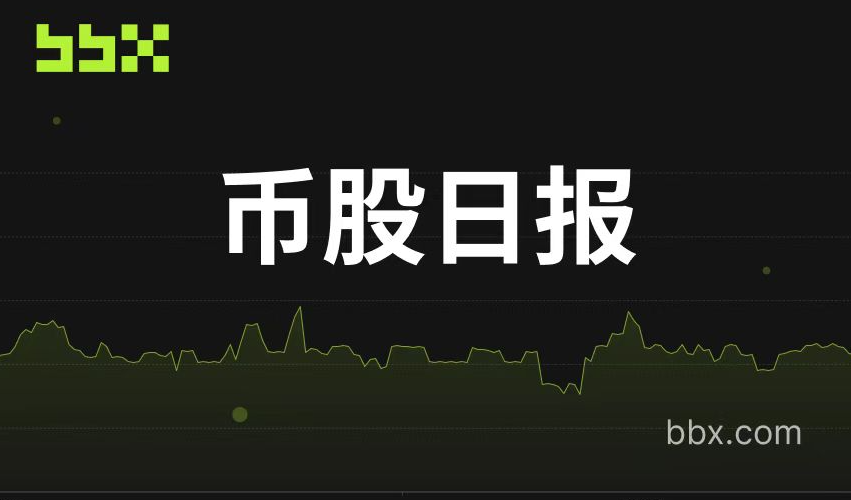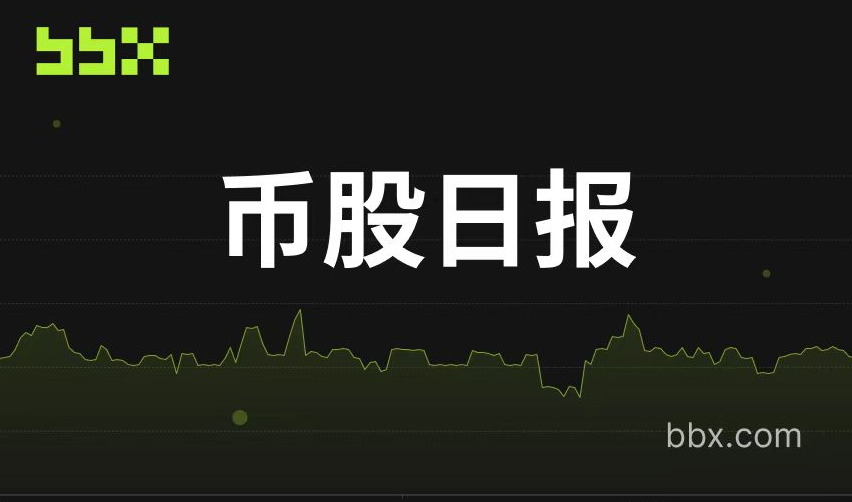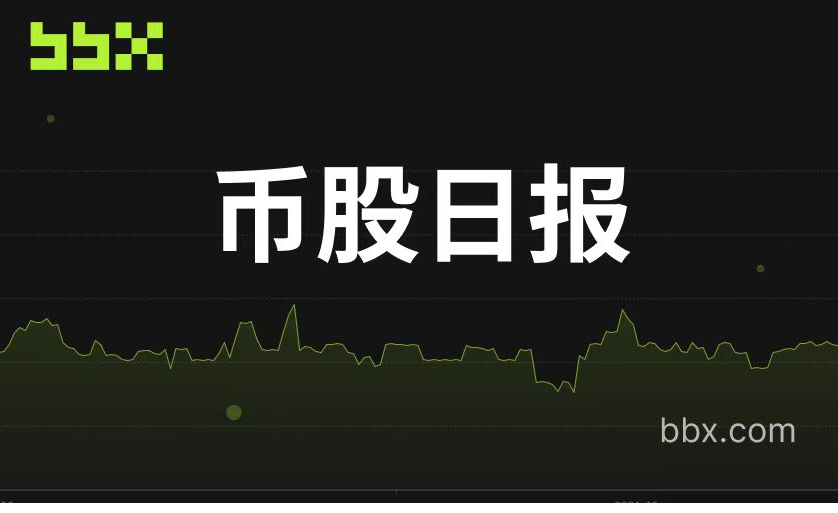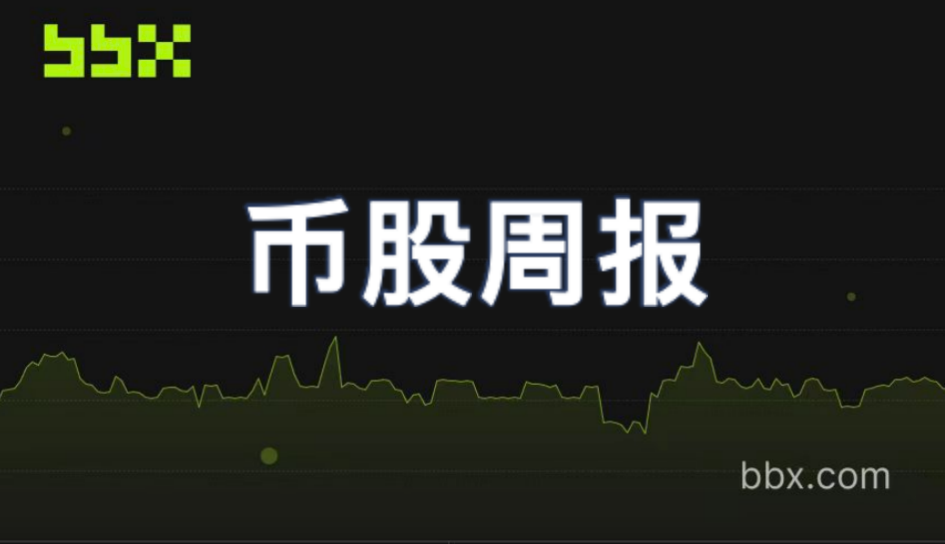As the South Korean listed company Bitplanet steadily increases its holdings at a pace of 9 BTC per day, and traditional payment giant Mastercard plans to acquire crypto infrastructure company Zerohash for $2 billion, two clear paths for institutional participation in the crypto market emerged yesterday: the "gradual accumulation" of asset allocation and the "strategic layout" of infrastructure.
- Asset Allocation Path: Bitplanet's Disciplined Investment
Bitplanet (KOSDAQ: 049470)'s continuous investment demonstrates the Korean model:
- Purchased 9 bitcoins on the day, costing approximately $1.08 million
- Total holdings increased to 119.67 BTC, with a cumulative investment of about $14.17 million
- Adopted a "daily investment" strategy to avoid timing risks, reflecting a long-term investment philosophy
This disciplined allocation reflects the deepening trend of Asian listed companies treating Bitcoin as a standard allocation in their corporate treasury.
- Infrastructure Layout: Mastercard's $2 Billion Strategic Acquisition
Mastercard (NYSE: MA)'s acquisition negotiations have caused a stir in the industry:
- Currently in advanced negotiations to acquire the stablecoin and crypto settlement infrastructure company Zerohash
- The transaction amount could reach $1.5 to $2 billion, expected to become the largest crypto infrastructure acquisition in 2025
- Aimed at strengthening its long-term competitiveness in the crypto and tokenized payment sectors
As a provider of crypto settlement infrastructure, Zerohash's technology will help Mastercard:
- Build a more efficient stablecoin settlement network
- Expand tokenized asset payment capabilities
- Provide compliant crypto service entry points for traditional financial institutions
- Trend Insights: From Surface Participation to Deep Construction
Deepening levels of institutional participation:
- Surface: Direct purchase of crypto assets (Bitplanet model)
- Deep: Control of key infrastructure (Mastercard model)
Traditional finance accelerates entry:
- Mastercard's acquisition indicates that traditional financial institutions are no longer satisfied with merely "using" crypto technology but are seeking to "control" core infrastructure
Divergence between Asian and Western models:
- Asian companies: Focus on asset accumulation and treasury management
- Western giants: Emphasize infrastructure and ecosystem construction
According to data, global payment giants' investments in crypto infrastructure are expected to grow by 300% year-on-year by Q3 2025, making infrastructure layout a new competitive focus.
From Bitplanet's daily investment of 9 BTC to Mastercard's $2 billion acquisition of Zerohash, today's crypto market is witnessing an important watershed: institutional participation is upgrading from a simple "asset purchaser" role to that of an "ecosystem builder." This transformation is not only about the scale of funds but also about the redistribution of industry dominance.
免责声明:本文章仅代表作者个人观点,不代表本平台的立场和观点。本文章仅供信息分享,不构成对任何人的任何投资建议。用户与作者之间的任何争议,与本平台无关。如网页中刊载的文章或图片涉及侵权,请提供相关的权利证明和身份证明发送邮件到support@aicoin.com,本平台相关工作人员将会进行核查。



